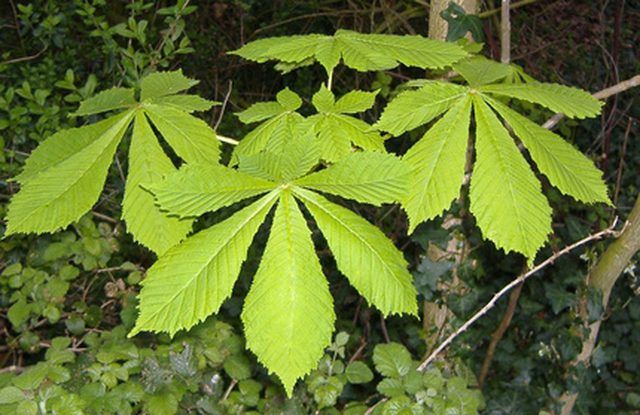Bulbs
Flower Basics
Flower Beds & Specialty Gardens
Flower Garden
Garden Furniture
Garden Gnomes
Garden Seeds
Garden Sheds
Garden Statues
Garden Tools & Supplies
Gardening Basics
Green & Organic
Groundcovers & Vines
Growing Annuals
Growing Basil
Growing Beans
Growing Berries
Growing Blueberries
Growing Cactus
Growing Corn
Growing Cotton
Growing Edibles
Growing Flowers
Growing Garlic
Growing Grapes
Growing Grass
Growing Herbs
Growing Jasmine
Growing Mint
Growing Mushrooms
Orchids
Growing Peanuts
Growing Perennials
Growing Plants
Growing Rosemary
Growing Roses
Growing Strawberries
Growing Sunflowers
Growing Thyme
Growing Tomatoes
Growing Tulips
Growing Vegetables
Herb Basics
Herb Garden
Indoor Growing
Landscaping Basics
Landscaping Patios
Landscaping Plants
Landscaping Shrubs
Landscaping Trees
Landscaping Walks & Pathways
Lawn Basics
Lawn Maintenance
Lawn Mowers
Lawn Ornaments
Lawn Planting
Lawn Tools
Outdoor Growing
Overall Landscape Planning
Pests, Weeds & Problems
Plant Basics
Rock Garden
Rose Garden
Shrubs
Soil
Specialty Gardens
Trees
Vegetable Garden
Yard Maintenance
Are Horse Chestnut Trees Dangerous to Dogs?
Are Horse Chestnut Trees Dangerous to Dogs?. The term "horse chestnut" typically refers to trees in the Aesculus family, also called buckeyes. Providing ample shade in moderately temperate climates, these trees grow wild but are also cultivated for ornamental purposes. Despite their popularity, horse chestnuts pose a danger to dogs.

The term "horse chestnut" typically refers to trees in the Aesculus family, also called buckeyes. Providing ample shade in moderately temperate climates, these trees grow wild but are also cultivated for ornamental purposes. Despite their popularity, horse chestnuts pose a danger to dogs.
Identification
Horse chestnut trees grow between 13 and 188 feet tall. They display oppositely palmate leaves and showy flowers that mature into round seed pods vaguely resembling real chestnuts.
Toxicity
The Clinical Textbook for Veterinary Technicians identifies members of the Aesculus family as toxic to dogs. The active toxin is aesculin, a saponin that causes the rupturing of red blood cells when consumed in moderate to large amounts.
Symptoms
The American Society for the Prevention of Cruelty to Animals (ASPCA) Poison Control Center lists the symptoms of aesculin poisoning as dilated pupils and severe vomiting and diarrhea. Dogs that eat horse chestnuts may experience a change in mood, including depression or excitement. Dogs can appear to be wobbly or drunk. Coma, seizure and death are also possible.
Warning
Seek emergency veterinary care immediately if you suspect your dog has eaten any part of the horse chestnut or buckeye tree.